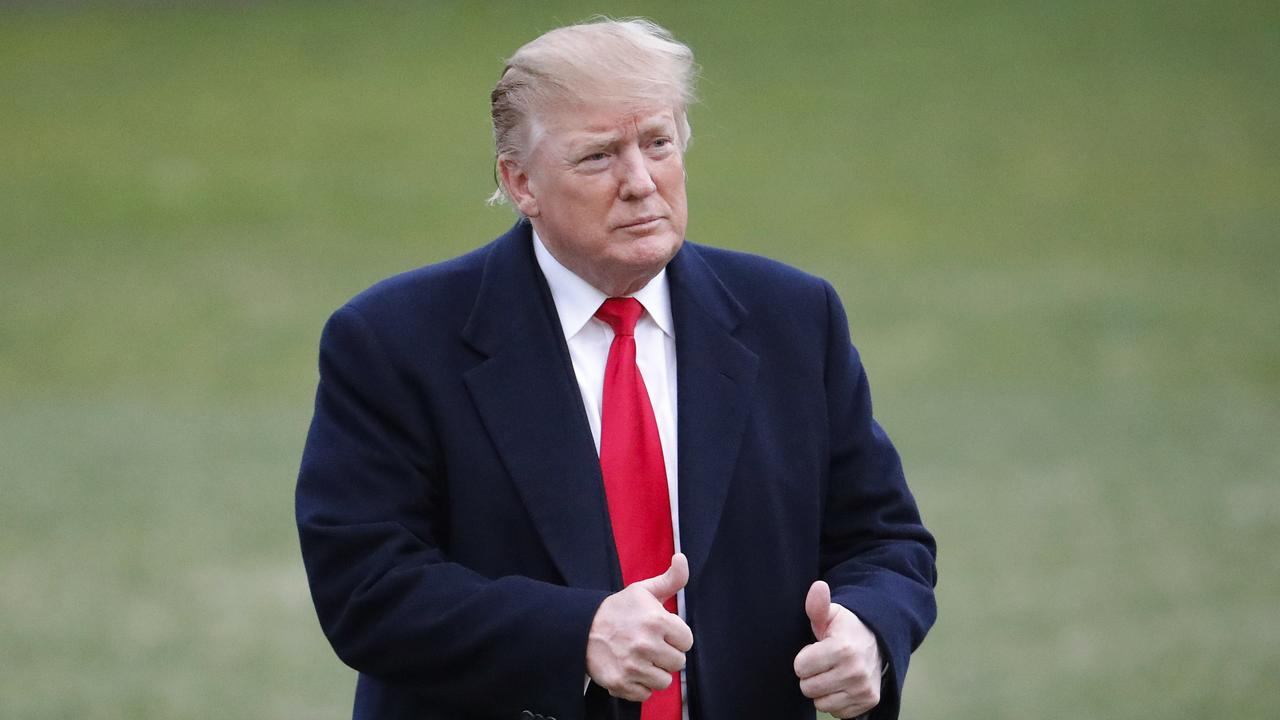
My son spent his ninth birthday last Tuesday taking part in “lockdown drills” for an active shooter situation with his class at an elementary school in Washington, DC. “Lock door, lights off, pull curtains, sit in corner with knees under chin, don’t talk, don’t even whisper,” he recited when he came home.
Gun violence and the scourge of school shootings have become so woven into the fabric of America that they are almost accepted as an unfortunate part of life here.
Mass shootings have come and gone with increasing regularity and lethality, but with little lasting momentum for gun reform.
But this week’s extraordinary events have led Americans to ask whether the script has changed. The slaughter of 17 students and teachers last month at the Marjory Stoneman Douglas High School in Parkland, Florida, has changed the gun debate across the country, at least for now.
For the first time, the push for gun control is being led by three new factors: by students, by corporate America and, surprisingly, by a Republican, pro-National Rifle Association President.
Together they have left a paralysed congress in their wake and delivered an unprecedented challenge to the power and influence of the formidable NRA.
The movement began with organic student protests by the survivors of the Parkland school shooting and quickly spread across the country. This caught the gun lobby by surprise and put the NRA in an awkward, unfamiliar position. From a PR perspective, the NRA could hardly criticise the activism of the survivors in Florida, or of students from other states fearful of being shot.
To many, these students have come to represent the nation’s conscience as they ask openly at protest rallies whether the US loves its guns more than its kids.
The student protests played a major role in driving this week’s unprecedented move by more than a dozen big corporations to sever all links with the NRA or, in the case of Walmart and Dick’s Sporting Goods, place some restrictions on gun sales.
“When we saw what happened in Parkland, we were so disturbed and upset,” says the 63-year-old founder of Dick’s, Edward Stack. “We love these kids and their rallying cry, ‘Enough is enough’. It got to us.” Dick’s, which has 800 stores in 47 states, is banning the sale of assault rifles and large-capacity ammunition magazines, and will lift the minimum age for gun purchases from 18 to 21. The decision set off a storm on social media, with pro-gun groups calling for a boycott. But most social media responses congratulated the company for talking a stand and its stock price rose on the day.
Hours later, the country’s largest retailer, Walmart, followed suit by banning the sale of guns to anyone under 21, clearly stating that its decision was made “in light of recent events”.
Meanwhile, at least a dozen big US companies including Delta and United airlines, Best Western and Hertz have cut all promotional and other links with the NRA.
All eyes now are on Amazon, Apple and Google to see if they respond to petitions to exclude NRA videos from their online offering, which would be a hefty blow to the NRA’s ability to sell its message.
The NRA fears the prospect of a MeToo-style movement on guns in corporate America.
But potentially the most powerful voice in this debate is also the most unlikely. Donald Trump’s roundtable talk with Republican and Democratic members of congress this week was extraordinary for several reasons.
It showed Trump — a staunchly pro-NRA, pro-second amendment President who promised the NRA “I will never let you down” — accusing Republicans of being “petrified” of the NRA. “You can’t be petrified,” he admonished them. “They have great power over you people. They have less power over me.” He then urged congress to deliver a “strong, strong” bipartisan bill on gun reform and floated a series of measures for debate, most of which the NRA opposes. This included raising the legal age for firearm purchases from 18 to 21, better background checks and greater focus on the detection of mental illness.
Trump even raised the question of a ban on assault rifles. Such a ban was in place from 1994 to 2004; since then they have been used in every mass shooting.
The President also called for debate on arming teachers, or other means of defending schools. The NRA backs the idea, claiming more guns in schools would offer the best protection to students, but there is little public support for armed teachers.
Congressional Republicans, many of whom are pro-NRA and have received NRA funding, are open only to the limited expansion of background checks and a greater focus on mental illness. They mostly oppose raising the age limit to 21. (The Florida shooter, Nikolas Cruz, was able to legally buy an AR-15 assault rifle at 19.)
By challenging Republicans to reconsider their loyalty to the NRA, Trump is taking the party into new territory. An estimated 307 of the 535 present-day members of congress in both houses have received direct campaign contributions from the NRA and its affiliates or benefited from other NRA spending, such as ads supporting their campaigns.
Gun rights groups spent $US3.6 million supporting members of congress in 2016, but the true clout of the NRA lies in its ability to conduct highly effective campaigns against candidates it considers insufficiently pro-gun.
The NRA, which has an annual budget of more than $US200m ($258m), rates politicians with scorecards and can quickly mobilise its 4.5 million members by mail, magazines and video streaming.
The question now is whether Trump will play an active role in shaping the gun reform bill he wants congress to pass. Left to its own devices, the Republican-controlled congress is unlikely to achieve significant gun reform without steady presidential pressure or a sustained wave of public outrage.
But the public mood across the US has swung sharply. A CNN poll this week found 70 per cent support for tighter gun laws, the highest level since 1993.
Faced with this week’s full-frontal assault, the NRA has accused the gun control advocates of seeking to sacrifice the second amendment as a first step towards eroding other constitutional freedoms. “They don’t care about our schoolchildren,” NRA chief executive Wayne LaPierre said. “They want to make all of us less free.”
NRA spokeswoman Dana Loesch accused the media of bringing up gun controls only after mass killings of white middle-class people, ignoring “thousands of grieving black mothers in Chicago every weekend”.
“Many in legacy media love mass shootings,” she said. “I’m not saying that you love the tragedy. But I am saying that you love the ratings. Crying white mothers are ratings gold.”
The debate is at a tipping point in the US and no one knows where it will go from here. Trump is famously erratic and may retreat from some of his ideas.
“I’ve been with the President in meetings where he made similar promises,” says Democratic senator Dick Durbin. “Stay tuned. My advice is hope for the best, don’t be surprised if he changes his mind in 48 hours.”
But as a Republican President whose key constituency of less wealthy white men corresponds with the natural base of the NRA, Trump has far more potential leverage over this issue than did his predecessor, Barack Obama.
The next few weeks will show whether America’s view on guns has truly shifted or if this is yet another false dawn.
Cameron Stewart is also US contributor for Sky News Australia.
Read Peter van Onselen and Gerard Henderson’s columns at theaustralian.com.au.




To join the conversation, please log in. Don't have an account? Register
Join the conversation, you are commenting as Logout